LEGO Serious Play
Description of LEGO Serious Play
LEGO Serious Play (LSP) is a facilitation format I use frequently. LEGO Serious Play is a structured facilitation technique offered by a Lego Serious Play Certified Facilitator. Workshop results are always directly aligned to the business goals in focus and can be used next day at the work floor immediately. Workshop participants are all equally involved in finding the business solutions. Its goal is fostering creative thinking through building metaphors of organisational identities and experiences using Lego bricks.
LEGO Serious Play creates a shared understanding about the problem space in question. It investigates complex and dynamic dependencies and emergencies.
Participants work through imaginary scenarios using visual three-dimensional Lego constructions. They create strong commitment in a secure and safe place.
LEGO Serious Play is based on research which suggests that hands-on, "minds-off" learning produces a deeper, more meaningful understanding of the world and its possibilities. Since all participants share their model interpretation LEGO Serious Play engages and commits very effectively.
LEGO Serious Play Procedure
- The facilitator sets the challenge and timelines and guides the process.
- The model built is an answer to the challenge.
- Playing with the brick unlocks and constructs new knowledge.
- Everyone builds and everyone tells.
Levels of Abstraction
Depending on the complexity of the topic in question the facilitator applies one or more of the following techniques.
- Building Individual Models and Stories: the goal is to share individual and personal knowledge with the group. Each builder images and constructs an individual model for her one to answer the question raised by the facilitator. After building the builders shares their stories.
- Building Shared Models and Stories: the goal is to create a shared understanding and consensus of certain topics. The group consolidates all individual models in a common model agreed by all. For this, the participants integrate either (1) parts of the individual models, or (2) complete individual models.
- Creating a Landscape: the goal is to analyse collections of individual models without losing details and meanings. Participants analyse / categorise the collection of all individual models to see differences or common patterns.
- Making Connections: the goal is to identify relationships, interfaces, and breakpoints between the meanings of two constructed models. Connections are constructed by building physical links in using a chain, a tube, a string, or a hose. Connections can be strong, weak, or flexible.
- Building a System: A system of models emerges when multiple models are connected in a way that cascaded effects occur.
- Playing Emergence and Decisions: the goal is to simulate the consequences of decisions by playing scenarios; to explore how the models or the landscape responds to dynamic changes / events.
- Extracting Simple Guiding Principles: the goal is to transfer lessons learned in the LEGO Serious Play workshop to the workplace/floor shop. The participants develop high-level guidelines to implement in the real world actions / decisions derived from the models built.
Rules of LEGO Serious Play
- Challenging: The facilitator sets a challenge to the group. This challenge depends entirely on the issues and topics the workshop shall address.
- Constructing: You answer the challenge by building a model with LEGO® bricks. Make sense of what you know, imagine, and build your own 3D model in response to the challenge given.
- Story Telling: Share your story covering the meaning of the model, i.e. explain your thoughts, associations, emotions and feelings coming to your mind when constructing.
- Reflecting: Crystallise key insights that are uncovered; ask clarification questions to the models. Sum up surprises and connections.
When to use of LEGO Serious Play
- Faced a complex problem not knowing how to handle it.
- Engaging all resources available in the organisation.
- Turn visions into commitments.
- Wants to design actions.
- Developing leadership and teams.
- Looking for solutions to a shared problem.
- Creating shared vision and shared mindsets about something.
- Constructive discussions where everybody is heard.
Run a LEGO Serious Play workshop in groups of max. 12 participants per facilitator. Scale it if needed: 10 facilitators/10 tables, 20 facilitators/20 tables…
Facilitator Role
- Frames and introduces to the method.
- Sets the challenge and timelines.
- Guides the process.
Further Reading
I host the Lego Serious Play Rhein-Main, Germany - Meetup Group. We meet ever 2nd Monday a month, D-65187 Wiesbaden, Germany, co-working space heimathafen.

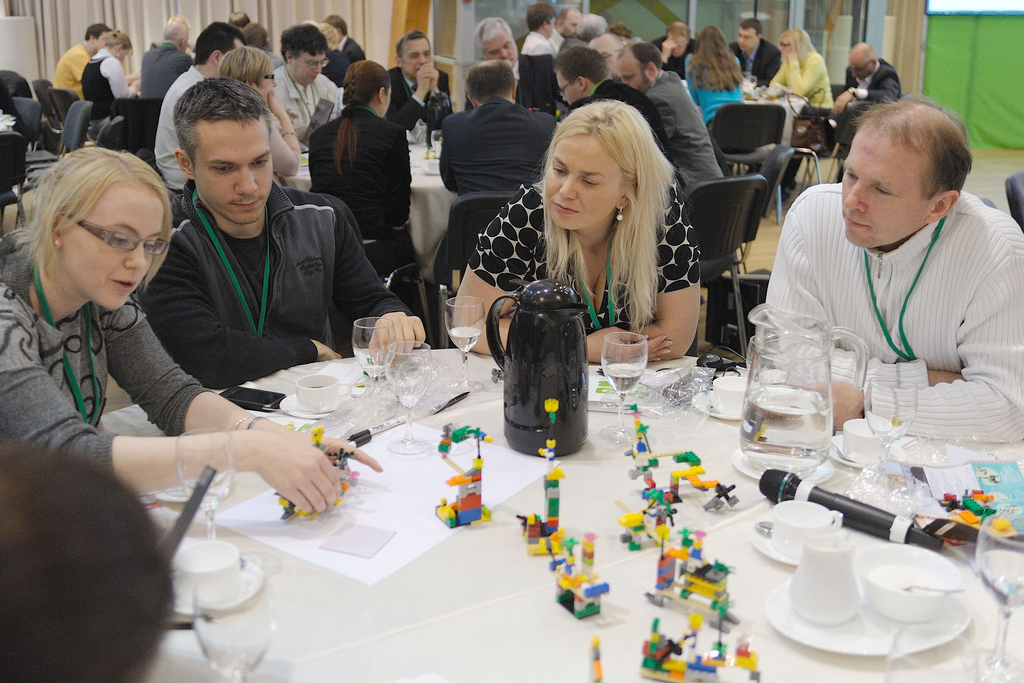
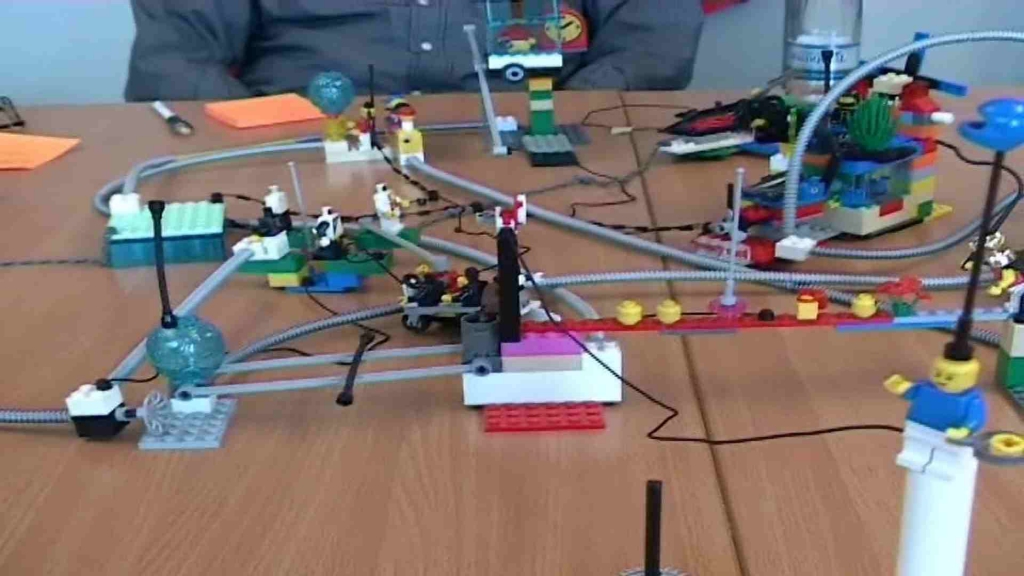
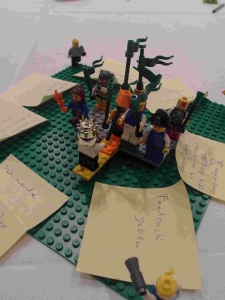
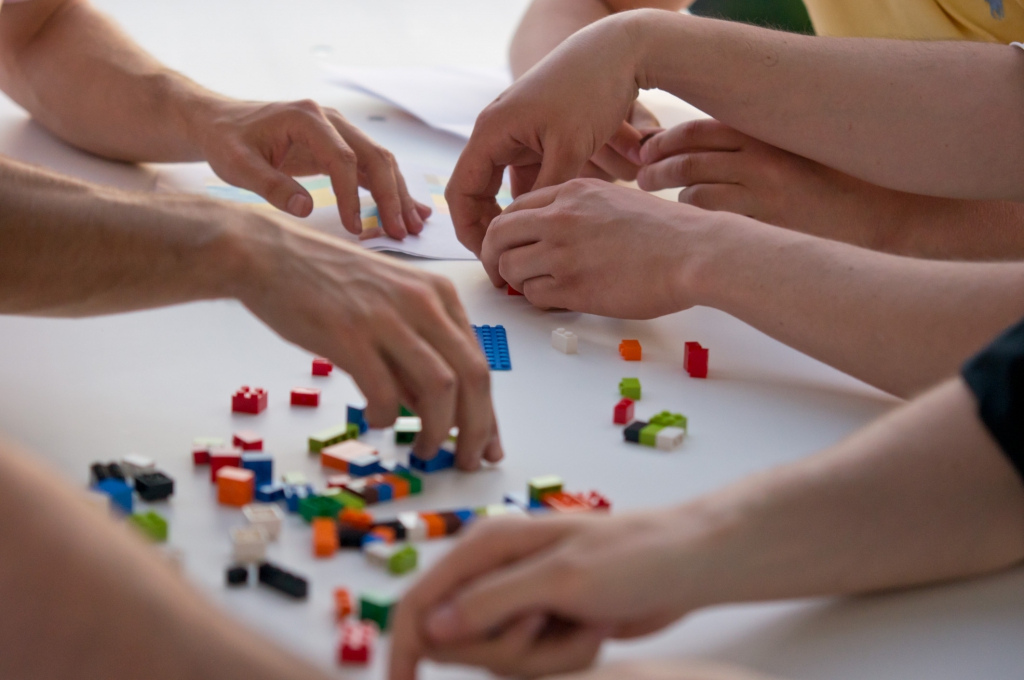
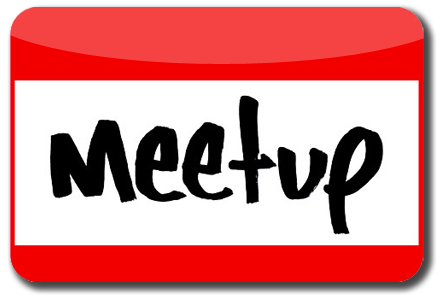
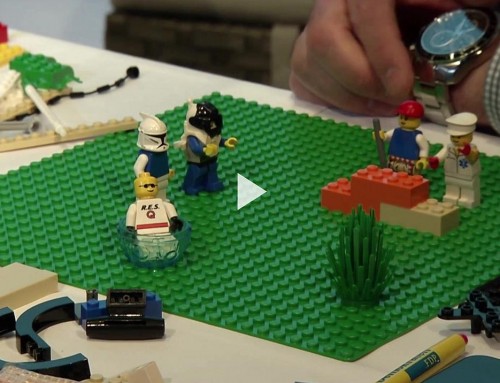
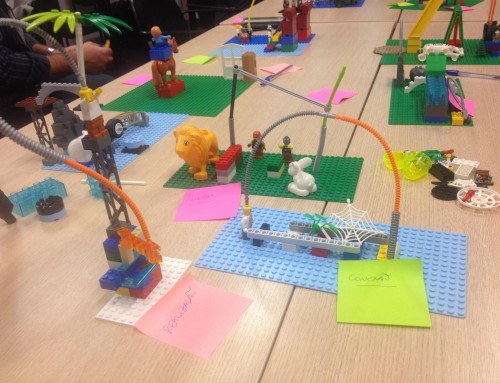
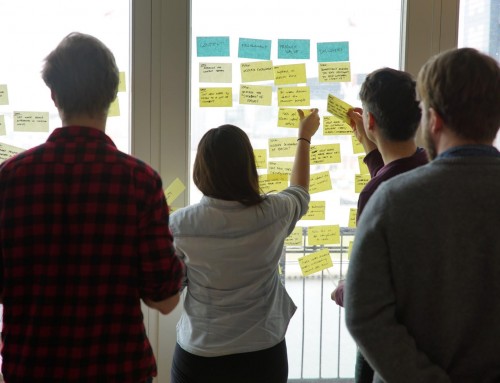
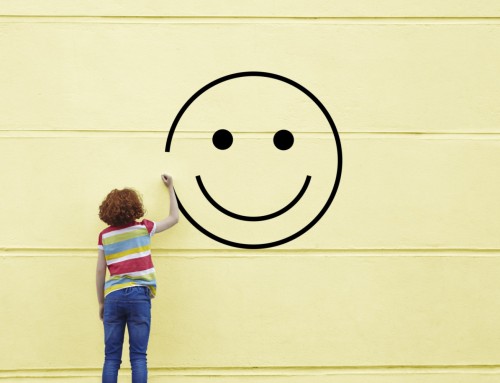

Leave A Comment